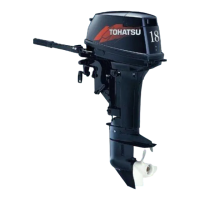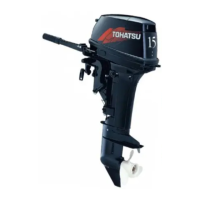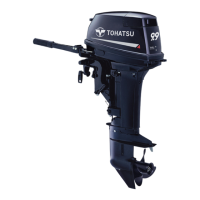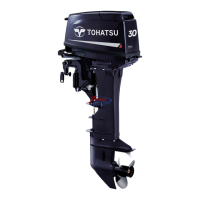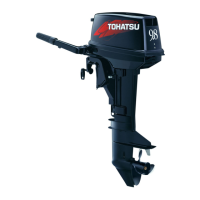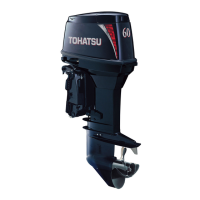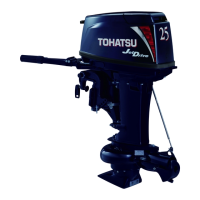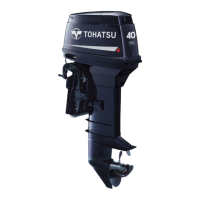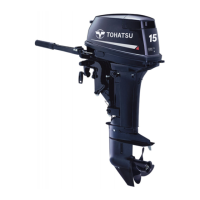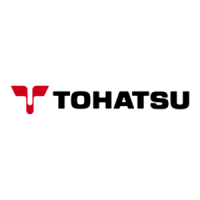Why is my TOHATSU M 9.9 D2 overheating?
- EEmily TurnerAug 1, 2025
If your TOHATSU Outboard Motor engine is overheating, this could be due to several reasons: * Insufficient cooling water flow, possibly from a clogged or defective pump. * A faulty thermostat. * Cavitation or ventilation issues. * Incorrect propeller selection or a damaged propeller. * Improper thrust rod position. * Unbalanced load on the boat. * Transom being too high or too low. It is recommended to consult an authorized dealer.
